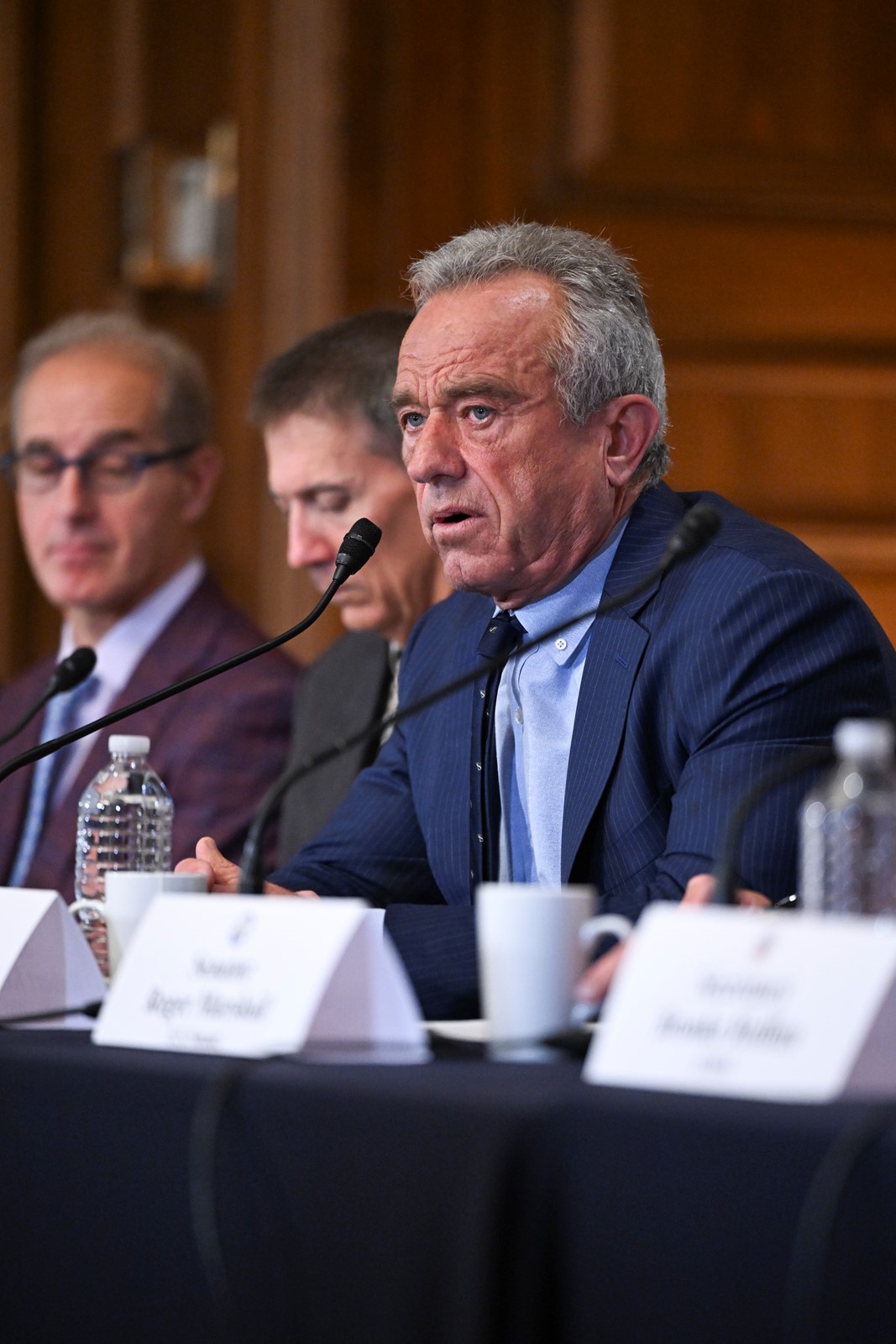
The Department of Health and Human Services finalized the layoffs of thousands of employees after a Supreme Court ruling cleared the way for the Trump administration to proceed with mass firings across the government.
Employees received notice of their termination late Monday, marking a turning point in the reshaping of the nation’s health care workforce. Those let go included people who coordinated travel for overseas drug facility inspectors, communications staff members, public records officials and employees who oversaw contracts related to medical research.
Health Secretary Robert F. Kennedy Jr. announced 10,000 layoffs late in March, cutting workers across the National Institutes of Health, the Food and Drug Administration, the Centers for Disease Control and Prevention, and other federal health agencies. Some workers who received the initial layoff notices on April 1 found out only when their badge to enter a building did not work.
Still, many of them remained on the federal payroll until Monday at 5 p.m., when a message went out citing last week’s Supreme Court decision that allowed Trump officials to significantly slash the size of the federal payroll even as court challenges to the administration’s plans play out.
“Thank you for your service to the American people,” the email said.
While many of the workers were described by the Trump administration as redundant or duplicative, critics have compared the cuts to leaving only doctors — and no support staff — to operate a hospital.
The result is a hobbled workforce, said Dr. Ashish Jha, the dean of the Brown University School of Public Health and a former Biden administration health official.
“What I have seen is some of the very best people, people who have alternatives, who have choices, have decided they just don’t want to stay in this limbo land,” Jha said. He added that those who survive the layoffs may look elsewhere, because “they don’t want to be in an organization that’s under such upheaval.”
In March, Kennedy announced a “dramatic restructuring” of the federal health workforce, with a total of 20,000 jobs pared from the health department through a February round of layoffs, early retirements and buyouts. The plan also called for paring the department’s 28 divisions to 15.
Although Kennedy cited the department’s $1.8 trillion budget at the time, experts on federal spending said less than 1% of that funding went to payroll, with the vast majority of the money covering medications, and hospital and nursing home bills for Medicare and Medicaid patients.
A federal lawsuit filed in Rhode Island by 19 states and the District of Columbia challenged the firings and reorganization, saying they had detrimental effects on states where crucial services were abruptly halted, including specialized testing for sexually transmitted infections and management of help lines that assist people who want to quit smoking. An HHS spokesperson said workers cited in that ongoing lawsuit were not given notices Monday.
This month, a judge in the Rhode Island case ruled that the cuts and reordering of services approved by Congress were most likely unlawful.
Firings at the National Institutes of Health included officials responsible for releasing public records, raising concerns within the agency about its commitment to transparency, said an NIH official, who spoke on the condition of anonymity to discuss details of the layoffs.
They also included officials who worked on agency contracts related to medical research materials and studies. Many of those workers had been asked to work while on administrative leave in recent months, the official said, suggesting that the agency had struggled to make do without them.


 PREVIOUS ARTICLE
PREVIOUS ARTICLE
